Weekly Current Affairs (8th to 14th February 2025) - 1 | General Test Preparation for CUET UG - CUET Commerce PDF Download
PM-JAY’s Impact on Cancer Treatment
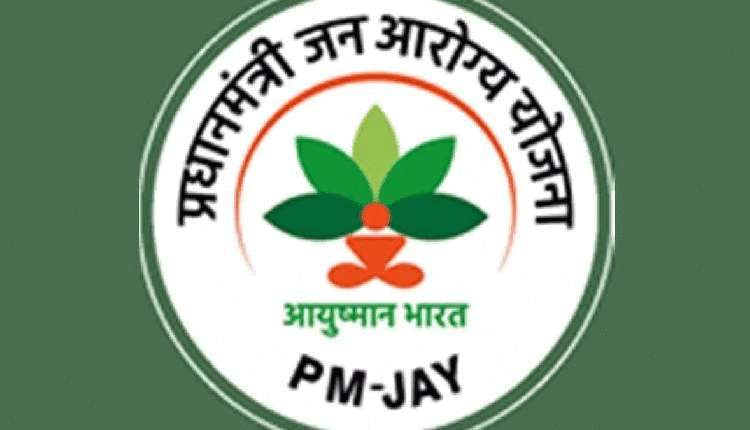 Why in News?
Why in News?
- A recent study published in The Lancet has revealed a significant reduction in delays for starting cancer treatment across India. Notably, there has been a remarkable 90% improvement in treatment initiation among beneficiaries of the Pradhan Mantri Jan Arogya Yojana (AB PM-JAY) since 2018.
Key Takeaways
- Improved Timely Initiation of Treatment: There has been a 36% overall improvement in timely cancer treatment, with a 90% increase among AB PM-JAY beneficiaries post-2018.
- Demographic Insights: Younger patients (under 30 years) represent 77% of those receiving timely treatment, while 70.2% of patients with higher education levels also benefited.
- Insurance Coverage: The introduction of insurance has enhanced accessibility, with 69% of beneficiaries experiencing fewer delays.
Challenges
- Delayed Diagnosis and Treatment: The study indicates that delays in treatment, particularly in radiotherapy, chemotherapy, and surgery, negatively impact survival rates.
- Limited Healthcare Infrastructure: India currently has only 779 radiotherapy machines, which is significantly below the WHO recommendation of 1,350 to 5,000 machines. There is also a shortage of oncologists and diagnostic centers.
- High Financial Burden: Despite the benefits of AB-PMJAY, high out-of-pocket expenses remain a challenge, as diagnostics and follow-ups are not covered. Public health spending is below 2% of GDP, which exacerbates issues of affordability.
In summary, while the Pradhan Mantri Jan Arogya Yojana has made significant strides in reducing treatment delays for cancer patients, there remain critical challenges such as limited infrastructure and financial barriers that need to be addressed to further improve cancer care in India.
CSS and Fiscal Federalism

Why in News?
- The Centre has reduced the outlay for Centrally Sponsored Schemes (CSS) to states by Rs 91,000 crore (18% of the budget estimate for the schemes) for the year 2025-26. This decision comes after identifying Rs 1.6 lakh crore in unspent funds from previous transfers. Many states have criticized this move as being contrary to the principles of fiscal federalism and have raised concerns regarding the viability of Article 282.
Key Takeaways
- Reduction in CSS outlay by the Centre raises questions about fiscal federalism.
- Article 282 allows Union and States to provide grants for public purposes beyond legislative jurisdiction.
- Judicial support exists for discretionary grants under Article 282, as seen in the Bhim Singh Case (2010).
Additional Details
- What is Article 282: Article 282 permits both the Union and States to make grants for any public purpose, even if it lies outside their legislative authority. Unlike tax devolution (under Articles 270 & 275), these grants are discretionary and not bound by Finance Commission recommendations.
- Judicial Stand: The Supreme Court upheld the Union’s authority to provide discretionary grants beyond Finance Commission recommendations, allowing for grants even in areas beyond legislative competence, provided they serve public interests.
- Challenges to Fiscal Federalism: CSS funding can undermine states' fiscal autonomy due to strict utilization conditions. For example, under the Poshan Abhiyaan, states cannot modify target groups or nutrition indicators, limiting their adaptability.
- Resource-Expenditure Asymmetry: Between 2021-26, the Union holds 63% of resources but spends only 38%, while states receive 37% but bear 62% of expenditure, creating reliance on CSS funds.
- Threat to Cooperative Federalism: Over-reliance on discretionary CSS grants undermines the co-equal partnership envisioned during constitutional debates, as seen with mandates for "branding" that emphasize central control.
In conclusion, the reduction in CSS funding and the discretionary nature of grants under Article 282 raise significant concerns regarding the fiscal autonomy of states and the overall health of fiscal federalism in India. There is a pressing need for judicial clarity and rationalization of CSS to ensure cooperative federalism is upheld.
SC Slams Politicisation of Sports Administration
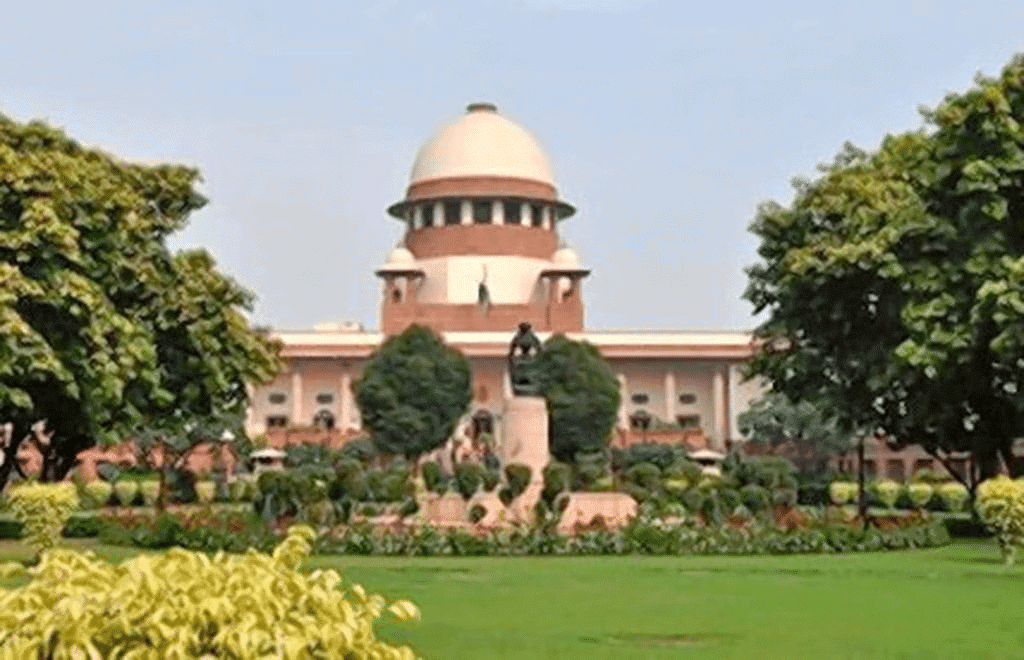 Why in News?
Why in News?
- The Supreme Court of India has instructed the Ministry of Youth Affairs and Sports to ensure that Indian kabaddi players can participate in the Asian Kabaddi Championship 2025. This directive follows the suspension of the Amateur Kabaddi Federation of India (AKFI) by the International Kabaddi Federation (IKF), with the court criticizing the political interference and bureaucratic control prevalent in sports administration.
Key Takeaways
- The Supreme Court's intervention highlights the need for a more transparent and athlete-focused governance in sports.
- AKFI’s suspension raised concerns over governance issues and the absence of an elected body.
- The court’s order aims to ensure India’s participation in upcoming international events.
Additional Details
- About AKFI: The Amateur Kabaddi Federation of India is the apex governing body for kabaddi in the country, responsible for regulating various forms of the sport, including National, Indoor, Beach, and Circle Style competitions. It is headquartered in Jaipur, Rajasthan, and is affiliated with the Indian Olympic Association (IOA) and the International Kabaddi Federation (IKF).
- Concerns About AKFI: Allegations against AKFI include opaque elections, mismanagement, and monopolization by political figures, which raises issues of nepotism and fair representation.
- The Delhi High Court has appointed Justice (Retd) S.P. Garg as an administrator to manage AKFI amidst concerns over its governance.
- IKF suspended AKFI due to governance issues, emphasizing the need for an elected body to restore its affiliation and ensure India's participation in international kabaddi events.
The Supreme Court has mandated that Justice (Retd.) S.P. Garg hand over charge to a newly elected body following the December 2023 elections. The court emphasized the urgency of preparing for the Asian Kabaddi Championship 2025, instructing AKFI's governing body to select teams and organize training camps promptly. However, the court clarified that the transfer of authority does not endorse the AKFI elections, leaving related issues open for future adjudication.
What are the SC’s Concerns Regarding Sports Administration?
- Politicization: Sports bodies are often dominated by former politicians and bureaucrats, which sidelines the interests of athletes.
- Mismanagement: Allegations of poor election processes and financial irregularities are prevalent, particularly in federations like AKFI that lack properly elected governing bodies.
- No Checks and Balances: The absence of oversight leads to a lack of transparency, as seen in past financial irregularities reported during the 2010 Commonwealth Games.
- Impact on Athletes: Administrative inefficiencies result in delays in team selection and training, adversely affecting athletes' performance and welfare.
- Sports Infrastructure: As sports is a state subject, disparities in infrastructure development across India hinder uniform growth.
Way Forward
- Auditing: There is an urgent need for engaging diplomatic channels to address recognition issues and for CBI and INTERPOL investigations to combat corruption within sports federations.
- Central Regulatory Body: Establishing a central regulatory body with clear statutes and democratic principles is essential for transparent governance across all sports federations.
- Empowering Athletes: Athletes should be actively involved in decision-making processes to enhance transparency and accountability.
- Increasing Women’s Representation: Promoting gender equality through quotas and creating a safe environment will encourage women's participation in sports administration.
In conclusion, the Supreme Court's intervention underscores the critical need for reform in the governance of sports in India. Addressing the concerns of politicization and mismanagement is vital for restoring athlete confidence and ensuring fair representation in sports administration.
India-Sri Lanka Fishing Dispute
 Why in News?
Why in News?
- The recent arrests of Indian fishermen by the Sri Lankan Navy for fishing in the Palk Bay, which is considered Sri Lankan waters, have brought renewed attention to the longstanding India-Sri Lanka fishing dispute. In 2024, the number of Indian fishermen arrested in Sri Lanka surpassed 500 for the first time in a decade, with historical peaks noted in 2014 when 787 arrests occurred.
Key Takeaways
- Recurrent arrests of Indian fishermen for trespassing into Sri Lankan waters.
- Claims of historical fishing rights by Indian fishermen beyond the International Maritime Boundary Line (IMBL).
- Concerns over overfishing and ecological impacts of Indian fishing practices.
- Political tensions exacerbated by these disputes and the implications for diplomatic relations.
Additional Details
- Recurrent Arrests: Indian fishermen often stray into Sri Lankan waters due to engine failures or sudden weather changes, leading to arrests, destruction of vessels, and heavy fines imposed by Sri Lankan authorities.
- Violation of IMBL: The IMBL, established under UNCLOS, divides the Palk Bay between India and Sri Lanka. Indian fishermen argue for their historical fishing rights, resulting in frequent arrests near this boundary.
- Depletion of Fish Stocks: Overfishing on the Indian side drives fishermen into Sri Lankan waters, which Sri Lanka perceives as illegal poaching, endangering local livelihoods.
- Bottom-Trawling: Sri Lanka's opposition to Indian bottom-trawling methods highlights ecological concerns, as these practices damage marine habitats.
- Katchatheevu Island Dispute: The cession of Katchatheevu Island to Sri Lanka in 1974 restricts Indian fishermen’s access, leading to calls for its return by Tamil Nadu politicians.
The India-Sri Lanka fishing dispute underlines the need for sustainable fishing practices and cooperative management of marine resources to ensure the livelihoods of fishing communities on both sides are protected while addressing environmental concerns.
International Day of Women and Girls in Science
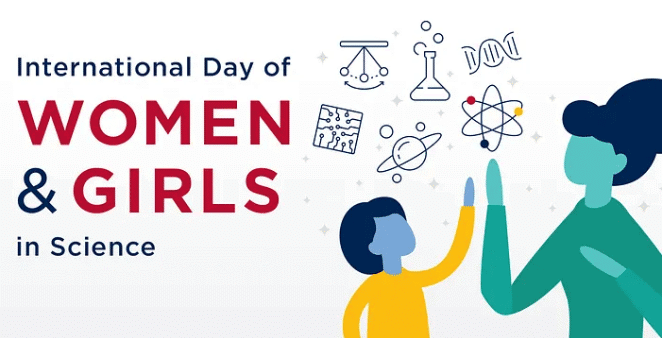
Why in News?
- The year 2025 marks the 10th anniversary of the International Day of Women and Girls in Science (IDWGS), which is observed annually on 11 February. This day aims to promote the full and equal participation of women and girls in Science, Technology, Engineering, and Mathematics (STEM).
Key Takeaways
- The day highlights the underrepresentation of women in STEM fields.
- It encourages initiatives to enhance women's participation in scientific fields.
What is the Status of Women in STEM?
- Global Scenario: According to UN data, women constitute only 35% of STEM graduates worldwide.
- Between 1901 and 2024, only 26 out of 650 Nobel laureates in Physics, Chemistry, and Physiology or Medicine have been women.
Indian Scenario
- Women in Research: Government data shows that women represent only 18.6% of the scientific workforce.
- STEM Enrolment: Women make up 43% of STEM students in higher education.
- Declining Representation: Their presence decreases significantly at higher research levels and in leadership positions within scientific institutions.
What are the Challenges Related to Women in STEM?
- Workforce Dropout & Societal Barriers: Women in STEM often face career discontinuity due to caregiving responsibilities, rigid work policies, and challenges related to re-entering the workforce. Cultural stereotypes further discourage their participation, widening the gender gap in science.
- Workplace Barriers: Gender biases, lack of mentorship, and underrepresentation in decision-making roles hinder career advancement. Women also encounter obstacles like lower access to research funding and leadership positions.
- Institutional Barriers: The absence of gender-sensitive policies such as maternity benefits, flexible work arrangements, and limited access to gender data impede women's retention and equity in STEM fields.
Way Forward
- Gender-Inclusive Policies: Implementing gender-sensitive hiring practices, leadership quotas, and dedicated research grants for women scientists, along with promoting flexible work policies and family support programs.
- Leadership & Mentorship: Establishing mentorship networks and encouraging women to take on leadership roles in academia, research, and policymaking.
- Workplace Equity: Developing transparent evaluation and promotion systems to ensure equal pay and recognition for women.
- Women Entrepreneurship: Strengthening initiatives like NIDHI, BioCARe, and Technology Business Incubators (TBIs) to support women-led startups in science and technology.
- Global Collaboration: Adopting successful models from countries with higher representation of women in STEM, ensuring global partnerships and exchange programs for women researchers.
In conclusion, addressing the challenges faced by women in STEM is crucial for fostering an inclusive scientific community. By implementing effective policy interventions, we can promote gender-inclusive growth in science and technology.
Economic Dynamics of Southern Indian States
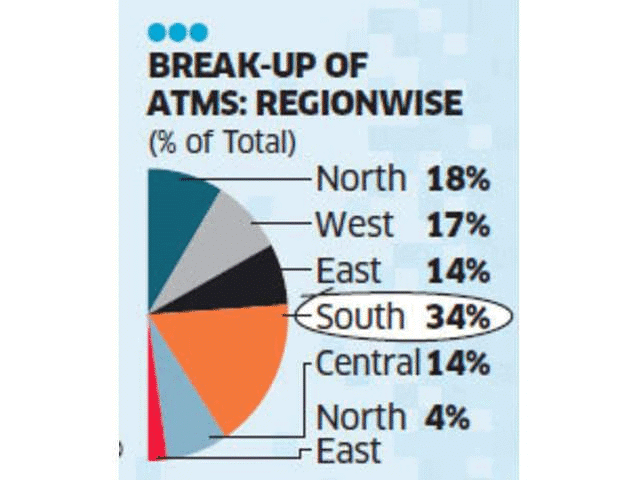 Why in News?
Why in News?
- Chief Economic Adviser (CEA) V. Anantha Nageswaran emphasized that Southern Indian states should benchmark their economic performance against global standards rather than just other Indian states. This highlights both the economic strength of the region and areas requiring improvement.
Key Takeaways
- Southern states account for 30% of India’s GDP, with Tamil Nadu and Karnataka leading in GSDP growth.
- The South records a 6.3% annual GSDP growth in real terms, surpassing the 5% growth rate of the rest of India.
- Per capita GDP is rising at over 5%, compared to 4.2% for the rest of India.
Additional Details
- Economic Contribution: Southern India houses 37.4% of total factories and contributes 25.6% of India’s total fixed capital investment, with 33% of India’s manufacturing workforce based in the region.
- Historical Stability: The stability in Southern India, contrasted with the north's history of invasions, has facilitated consistent economic and cultural development, fostering major trade centers such as Vijayanagaram and Kanchipuram.
- Colonial Advantage: Southern cities like Madras and Bombay became crucial trade hubs by the mid-18th century, enhancing urban development through Portuguese and French influences.
- Economic Growth Post-LPG Reforms: Southern states have attracted significant industrial investment and FDI, with Karnataka and Tamil Nadu becoming key players in the automobile and IT sectors.
- Agricultural Productivity: Tamil Nadu and Karnataka’s adoption of modern farming techniques has led to diversification into cash crops, unlike northern states which remain reliant on traditional crops.
- Governance: IT and e-governance reforms in Telangana and Karnataka have positively impacted their economies.
- Social Development: Southern states have achieved higher literacy rates and better schooling infrastructure, which contribute to a more skilled workforce compared to northern states.
- Health and Social Indicators: Kerala excels in healthcare with low infant mortality rates and a maternal mortality ratio below the national average.
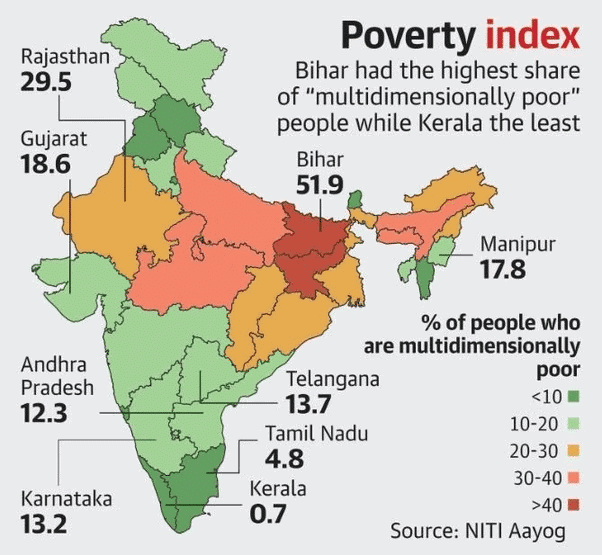
- Natural Factors: Proximity to ports supports trade and industrial growth, while a moderate climate benefits agriculture and tourism.
Concerns Regarding Economic Growth
- Productivity Gap in Manufacturing: Despite a strong workforce, the southern region contributes only 26% to total manufacturing output, indicating lower productivity.
- Skill Development Deficiencies: The region has a capable Skill Level 2 workforce but lacks advanced skills in high-tech sectors.
- Declining Demography: Emigration for better opportunities poses a risk of labor shortages in southern states.
- Infrastructure Challenges: Urban congestion and energy issues require improved industrial corridors and logistics networks.
- Regional Disparities: Economic growth is uneven, with states like Tamil Nadu and Karnataka outpacing others, while rural areas lag behind urban centers.
- Climate Change Vulnerability: Southern India faces significant risks from climate change, impacting agriculture and coastal economies.
- Policy Issues: Reliance on central government financial transfers reduces fiscal autonomy and increases state debt ratios.
Way Forward
- Global Benchmarking: Southern states should pursue global competitiveness, drawing comparisons with Bengaluru and California in tech growth.
- Enhance Productivity: Focus on improving manufacturing output and upgrading skills, especially in high-value sectors.
- Infrastructure Improvement: Strengthen logistics networks and digital infrastructure to attract foreign investments.
- Tourism Potential: Leverage the rich cultural heritage and promote sustainable tourism in southern states.
- Strengthen Revenue Growth: Enhance tax collection and implement Production Linked Incentives (PLI) for fiscal sustainability.
- Inclusive Growth: Reduce regional disparities by developing less industrialized areas and enhancing connectivity.
- Expand Inland Waterways: Develop waterways along major rivers to enhance regional trade and connectivity.
In conclusion, the economic dynamics of Southern Indian states reveal a region with significant growth potential, but also notable challenges that need to be addressed for sustainable development. By focusing on productivity, skill enhancement, infrastructure, and inclusive growth, these states can further strengthen their economic position within India and globally.
India-UK Agreements in Aero India 2025
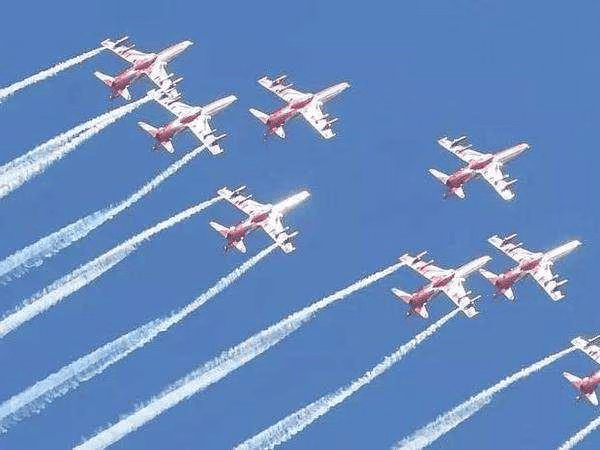 Why in News?
Why in News?
- India and the United Kingdom (UK) have signed multiple defence agreements aimed at enhancing their defence collaboration. Additionally, the 4th India-UK Energy Dialogue occurred, focusing on a sustainable, resilient, and inclusive energy future.
Key Takeaways
- Defence Partnership Initiative (DP-I) launched to strengthen bilateral defence collaboration.
- Contracts signed for the supply of Laser Beam Riding MANPADs and production of Lightweight Multirole Missiles.
- Establishment of India's first Advanced Short-Range Air-to-Air Missile assembly facility in Hyderabad.
- Development of Integrated Full Electric Propulsion System for India's next-gen Landing Platform Dock fleet.
- Launch of ASPIRE Phase-2 programme for enhancing energy efficiency and decarbonization in India.
Additional Details
- Defence Partnership Initiative (DP-I): This initiative aims to streamline and enhance defence collaboration between India and the UK.
- Energy Initiatives: The ASPIRE programme helps ensure a 24/7 power supply while promoting industrial energy efficiency.
- Trade Relations: India was the UK's 11th largest trading partner in 2024, with bilateral trade valued at £42 billion.
- Investment Dynamics: The UK is India's 6th largest investor, contributing USD 33.88 billion in FDI from April 2000 to March 2023.
- Education Cooperation: The Mutual Recognition of Academic Qualifications signed in July 2022 facilitates academic cooperation, resulting in 185,000 Indian student enrollments in UK universities in the 2022-23 academic year.
India and the UK are deepening their strategic partnership in defence and clean energy through technology transfers, investments, and collaborative initiatives. Their joint efforts in offshore wind, electric mobility, and defence manufacturing align with India's self-reliance goals, ensuring mutual economic benefits while advancing global sustainability and security objectives.
Mains Question:
- Analyse the importance of international cooperation for achieving self-reliance in defence technology.
|
164 videos|628 docs|1133 tests
|
FAQs on Weekly Current Affairs (8th to 14th February 2025) - 1 - General Test Preparation for CUET UG - CUET Commerce
| 1. What is PM-JAY and how has it impacted cancer treatment in India? |  |
| 2. How does fiscal federalism play a role in the implementation of health schemes like PM-JAY? |  |
| 3. What were the main concerns raised by the Supreme Court regarding the politicisation of sports administration in India? |  |
| 4. What is the status of the India-Sri Lanka fishing dispute and its implications for fishermen? |  |
| 5. Why is the International Day of Women and Girls in Science significant for promoting gender equality in STEM fields? |  |
















